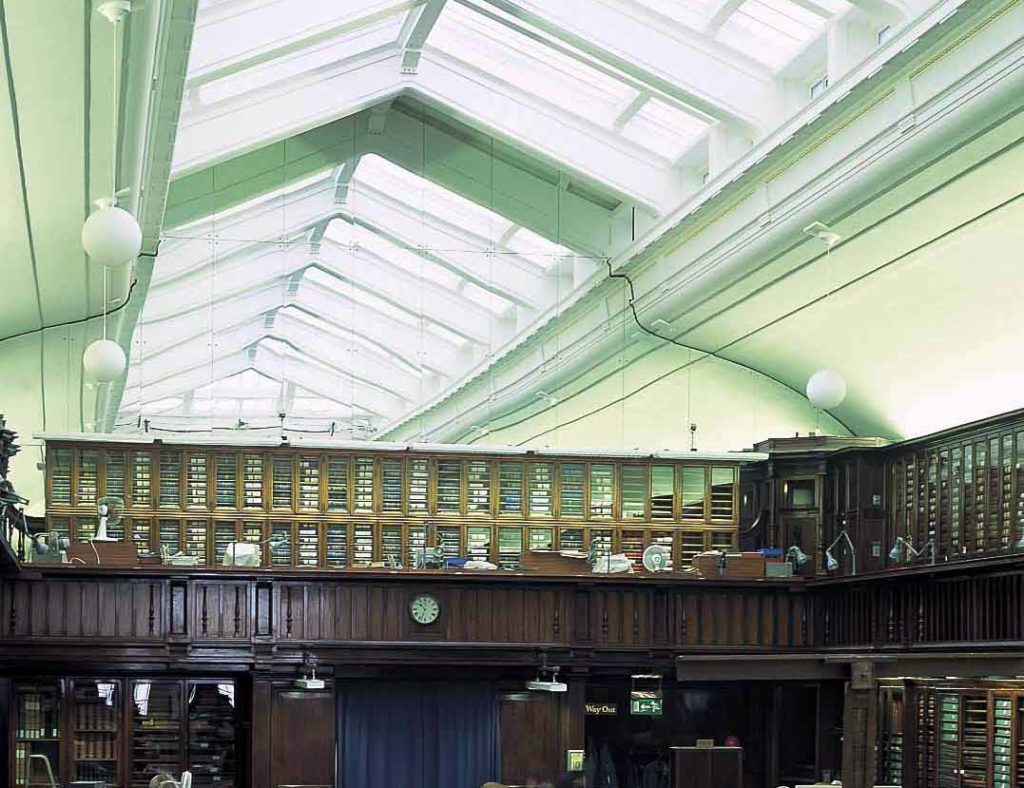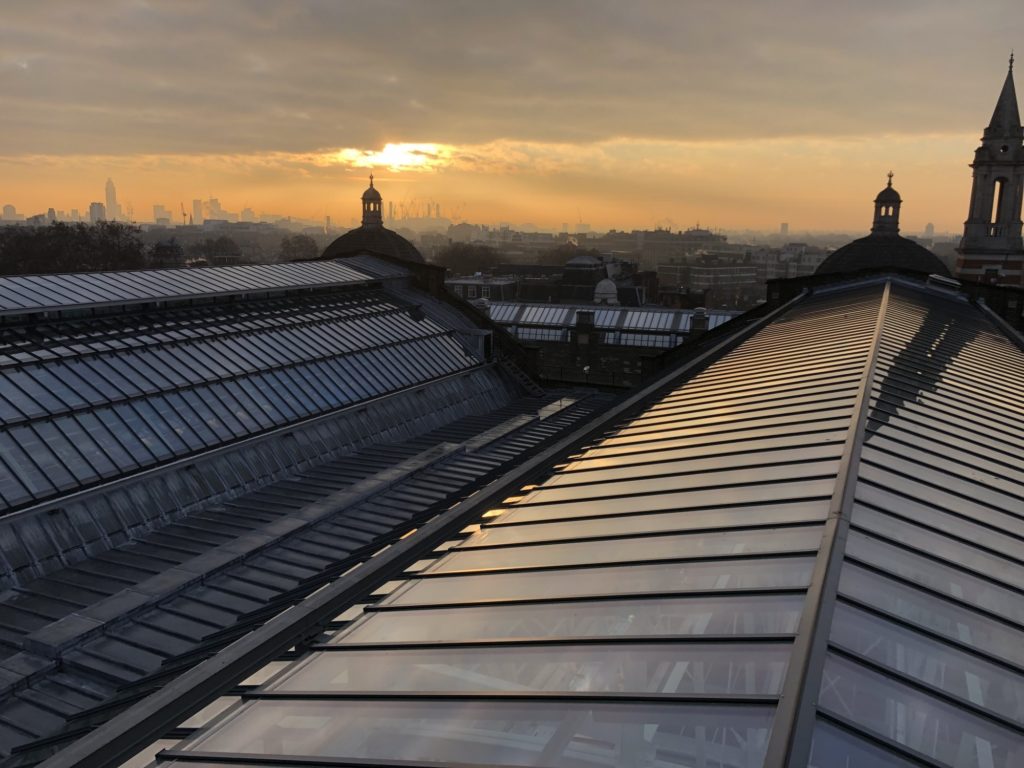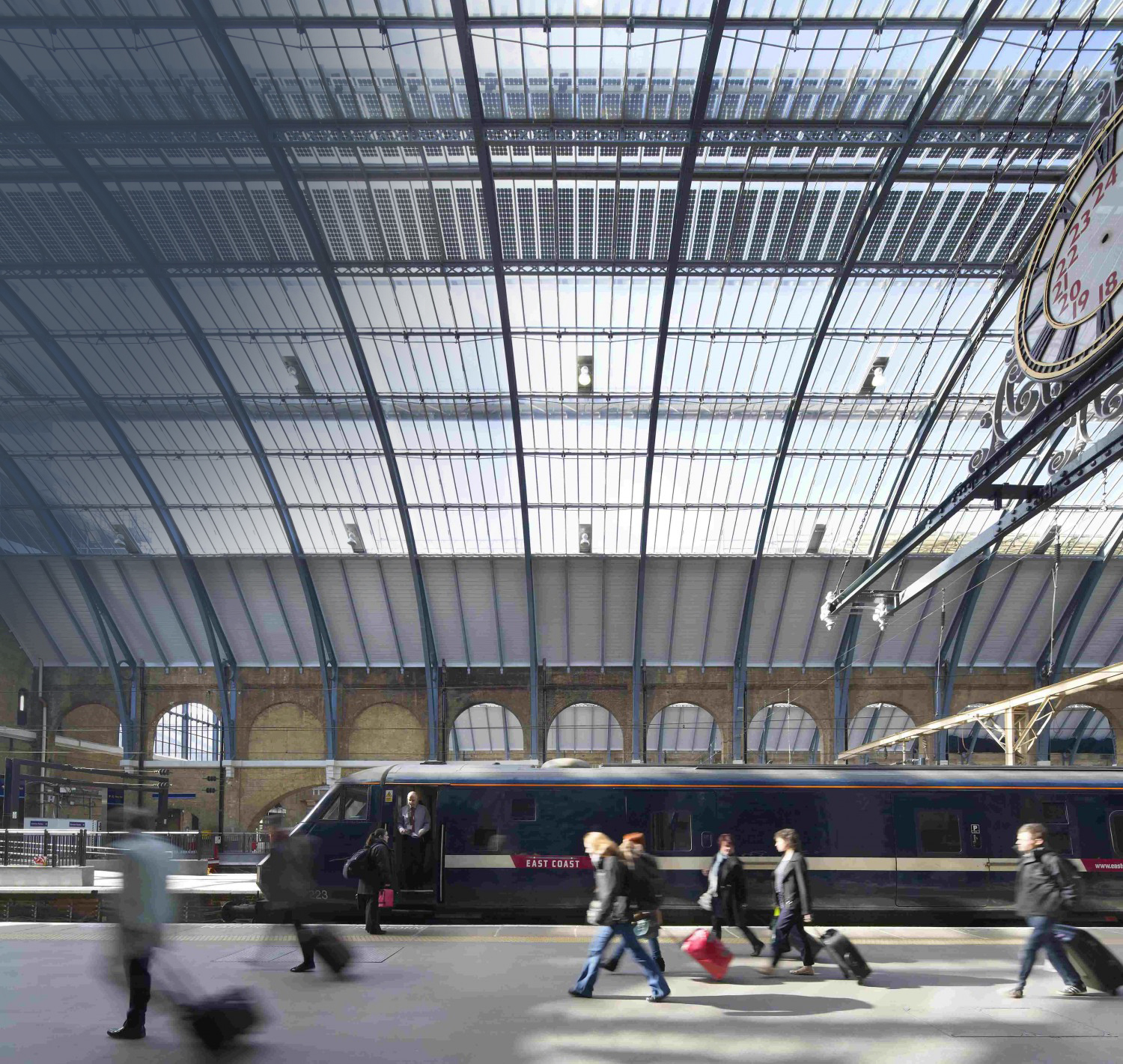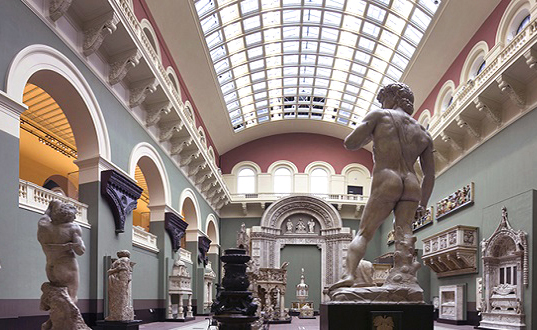Our Latest Museum Solar Control Projects
Recently at Lonsdale Metal, we have completed various projects on museums including The British Museum and The V&A Museum. All of the museums we have completed work on had special requirements for solar control/shading due to the UV damage that their exhibits were witnessing. As these museums feature priceless exhibitions it is crucial that they are protected from the damaging UV light, so they can maintain their great appearance for public viewing. In this article, we will talk you through the methods we used to achieve solar control at these great UK museums. So, see how our rooflights and glazing have transformed museums across Britain.
Methods of achieving solar control
Solar control is essential in preventing the build-up of solar heat, so the entry of solar heat and light becomes more controlled at your building. By having solar control present at your building, you will witness positive effects on the energy needs at your premises. When it comes to solar control there are two methods to achieve this, solar control glass and external shading blinds.
Solar Control Glass
Solar control glass is specially designed to prevent solar heat from building up in properties and facilities. The glass features a low-emissivity coating which boasts excellent benefits of retaining heat within buildings but can also be combined with solar control to reduce heat build from solar gain due to the sun’s heat. On our projects for The British Museum and The V&A Museum, we installed solar control glass to provide the necessary insulation to maintain the optimum environment at the two museums. The glass was also used to reduce the harmful UV light from affecting the exhibits at the Egyptian gallery at The British Museum.
The main benefits of solar control glass include:
- Reduces overall heating and cooling costs in domestic and commercial buildings
- Maximum natural light is gained through highly neutral glass
- Ability to reduce heat from direct sunlight in the summer with low total energy transmittance
- High thermal insulation in the winter to enhance heat retention
- Optimal use of natural daylight in overcast and cloudy weather

External Blinds
The second method involves the use of external blinds that can be fitted to provide solar shading. These blinds take the form of adjustable brise-soleil, which involves a series of blades that much akin to louvres. On our British Museum project, we fitted external shading blinds to the overhead glazing to provide further solar protection. Exterior blinds also have a superb benefit of reducing energy consumption in buildings, similar to solar control glass.
The main benefits of external blinds include:
- Optimises light control by reducing the intensity of light into your building
- Maintains cooler temperatures by protecting your domestic or commercial property from solar heat, reducing your energy consumption
- Provides internal visual comfort by reducing glare and preventing solar gain for thermal comfort

Installing non-fragile lights for the safety of maintenance work
During refurbishments, for safety purposes, it is a consideration that non-fragile rooflights are installed whilst any maintenance work is carried out in the vicinity of the rooflights. Non-fragile rooflights are not designed to be walked on but they are fitted to prevent people or objects from falling through the glass in the event of accidents such as falls and trips when accessing the area. This ensures that when your building is being worked on it is safe for those carrying out refurbishments and maintenance work.
If you are considering solar control measures at your domestic or commercial property get in touch with us today, to see how Lonsdale Metal could help you to achieve solar control at your building.


